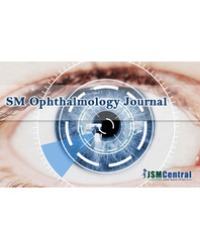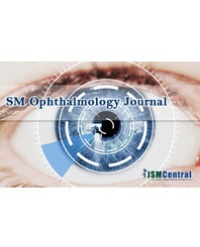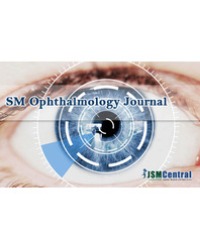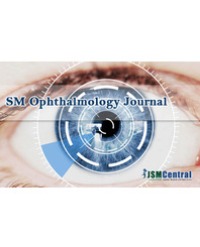Purpose: To compare the change in asphericity and other Higher Order Aberration (HOA) in Custom-Q vs. Wavefront Optimized (WFO) LASIK ablation profile patients in an Asian population.
Setting: Prospective matched-cohort study in refractive center.
Method: Thirty-four eyes of 17 patients with myopia seeking laser correction at Nobel Clinic in Taipei, Taiwan were enrolled in a prospective cohort study. Utilizing the latest WaveLight®EX500 Excimer Laser (Alcon, Inc., Switzerland), each patient received both Custom Q (CQ) and WFO LASIK ablation treatments (CQ on OD and WFO on OS). Each patient was measured thrice, as follows: (1) Before the Lasik procedure, (2) 1 week after the procedure, and (3) 1 month after the procedure.
Results: The custom-Q ablation group comprised a mean SE of -5.32 diopter (D), and the WFO ablation group comprised a mean SE of -5.41 diopter (D). Their frequencies with which Custom-Q and WFO achieved postoperative Uncorrected Distance Visual Acuity (UCDVA) were not statistically different from each other (P>0.05). No statistically significant differences were found in contrast sensitivity, astigmatism, coma, and trefoil. However, the change of spherical aberration was higher in the WFO ablation profile. Patient questionnaire shows a mild preference for Custom-Q over WFO.
Conclusion: Custom-Q and WFO LASIK provided similar results in myopic refractive correction and achieved post op UCDVA and contrast sensitivity. However, Custom-Q produced less changes in asphericity and HOA changes; Asian patients showed marginal preference for Custom-Q in terms of optic quality.
Elsa LC Mai¹, Iebin Lian², Chih-Cheng Lin³ and Chaokai Chang⁴*




